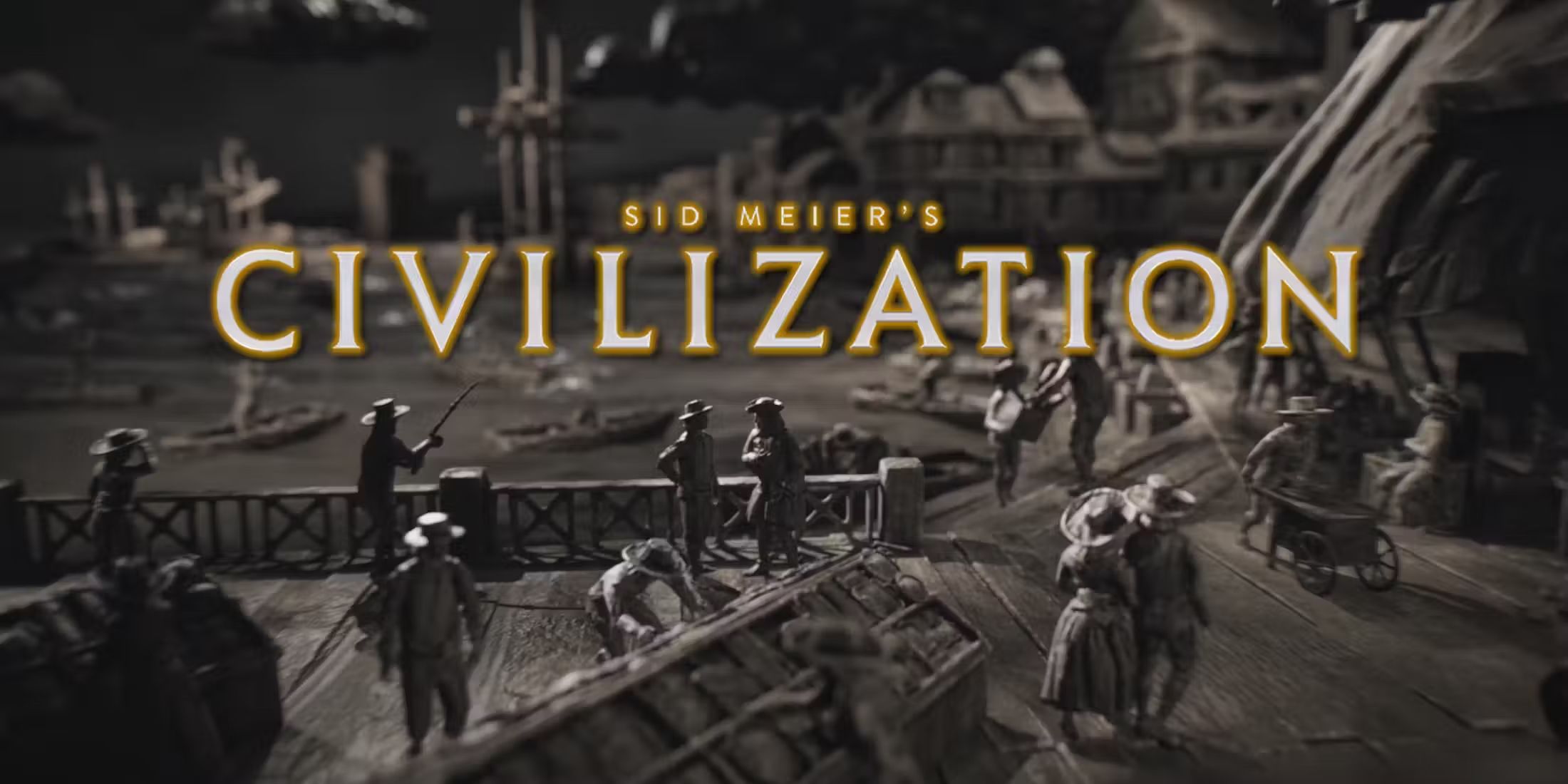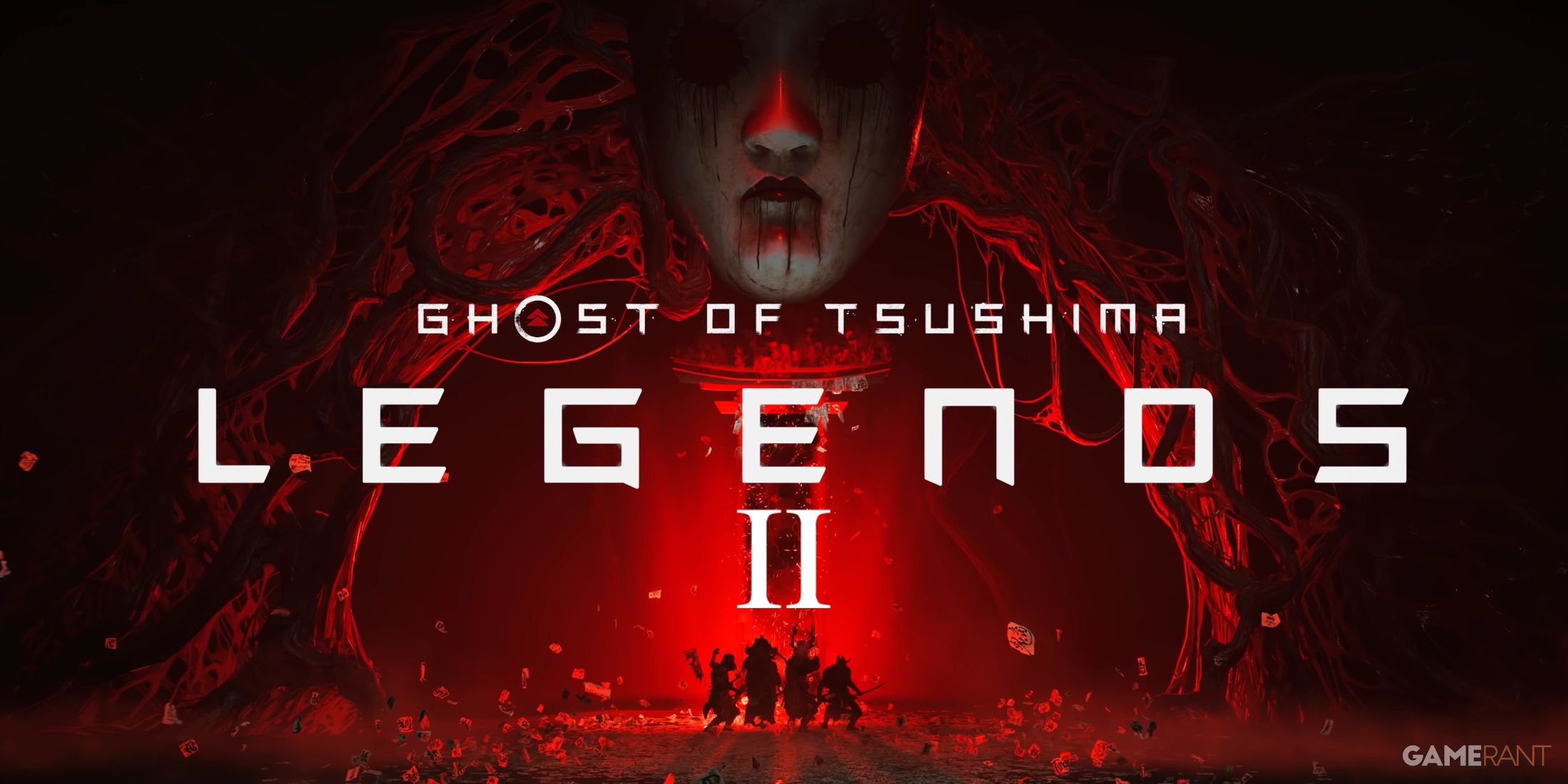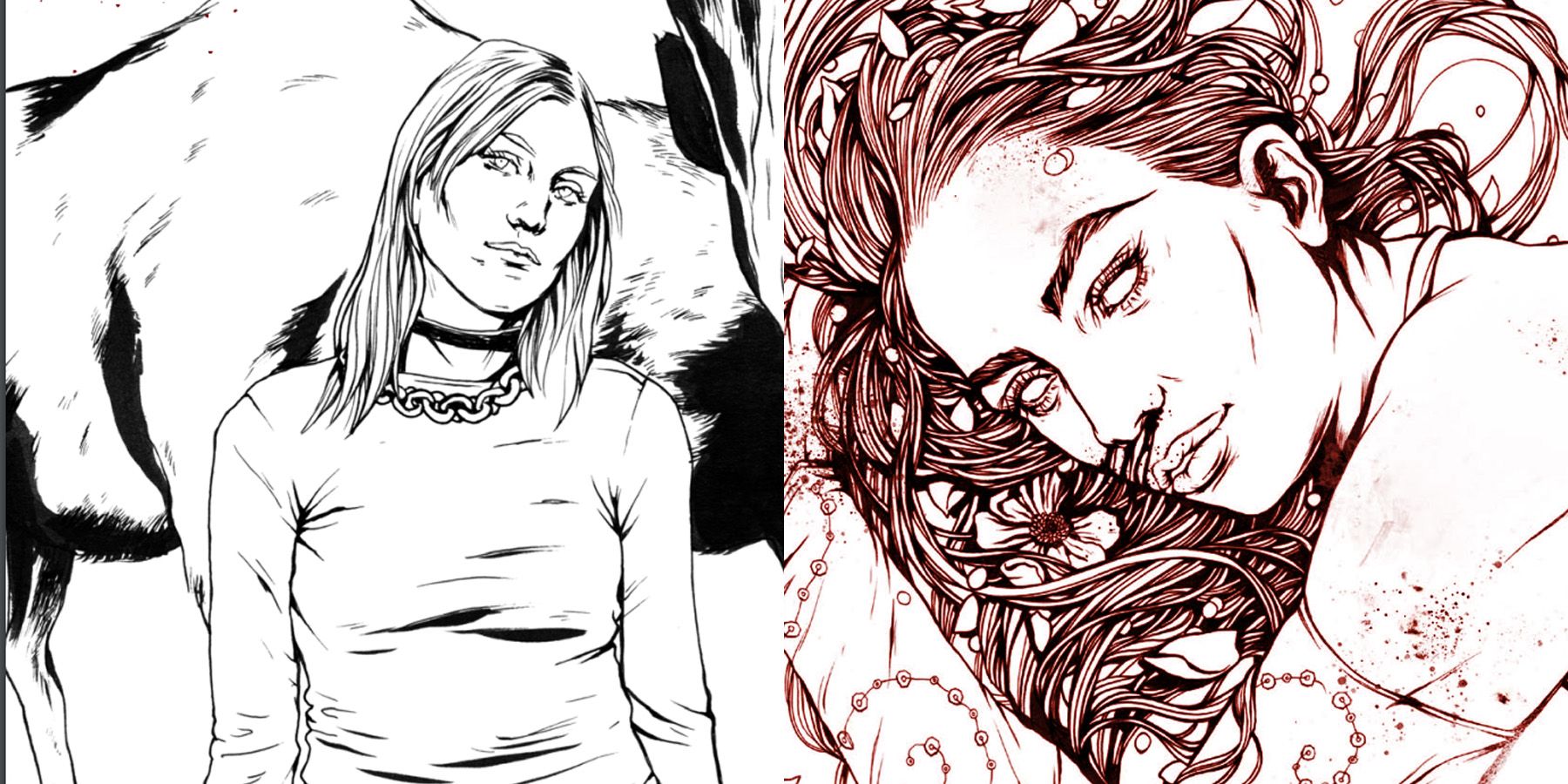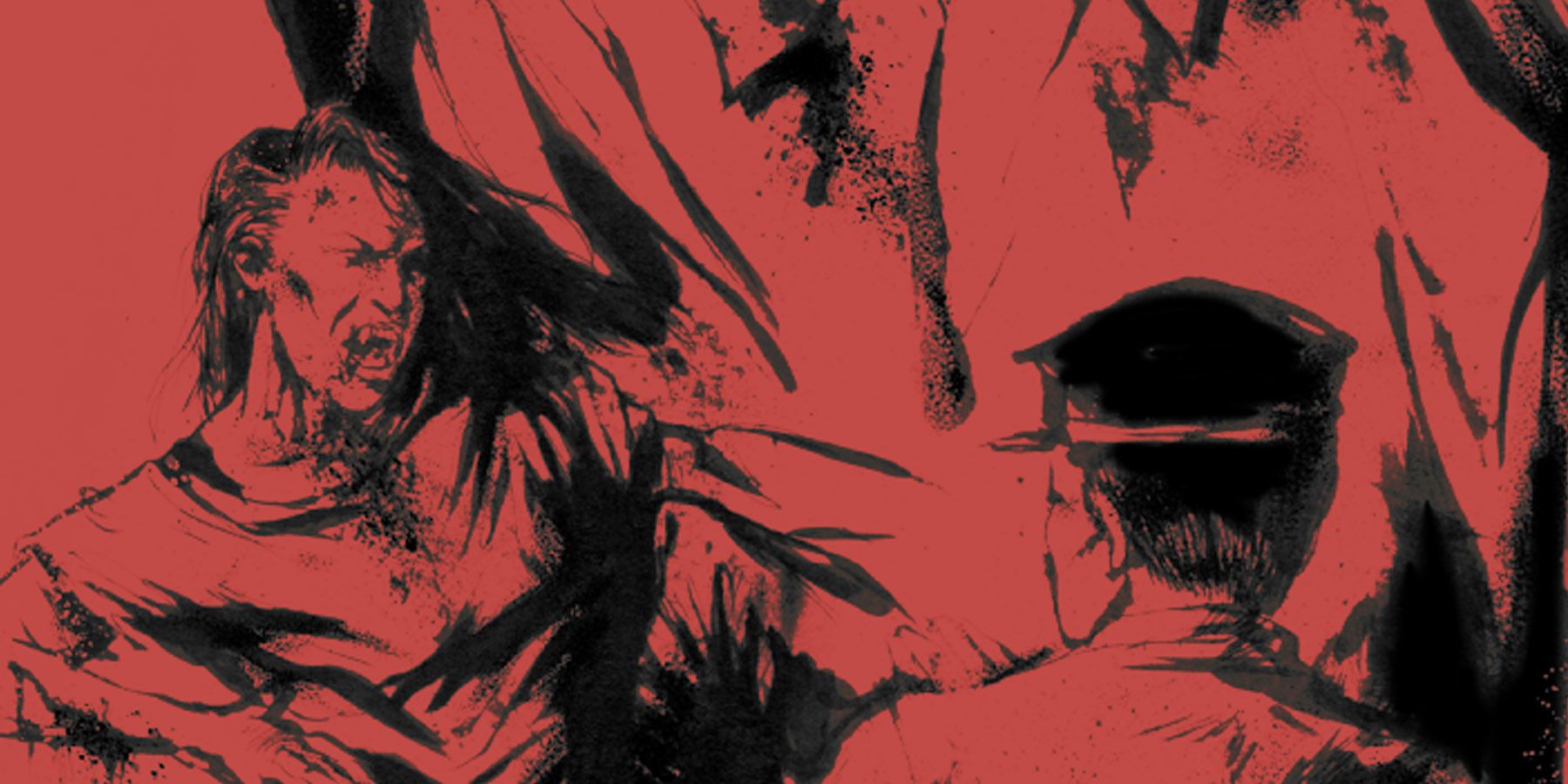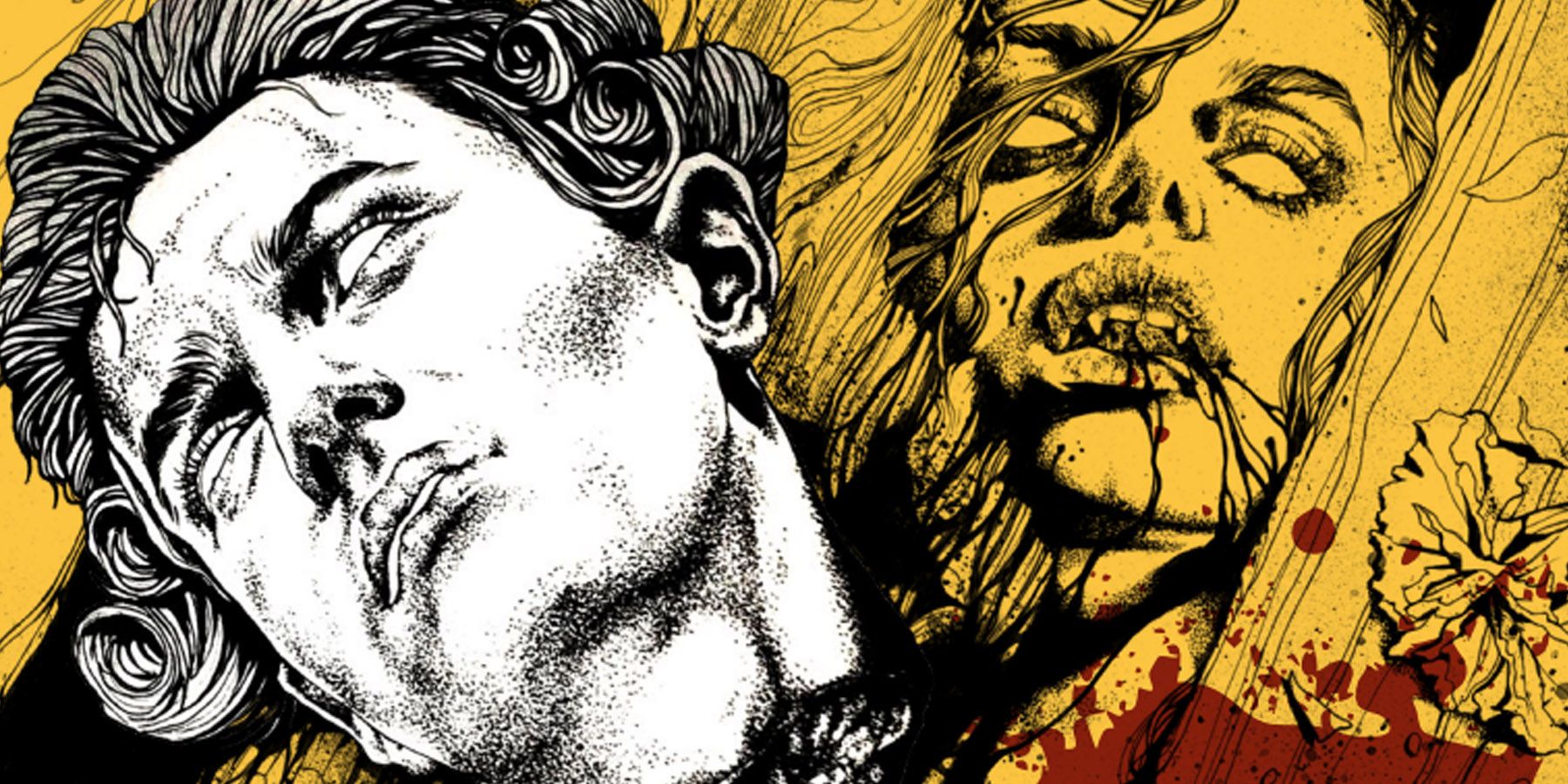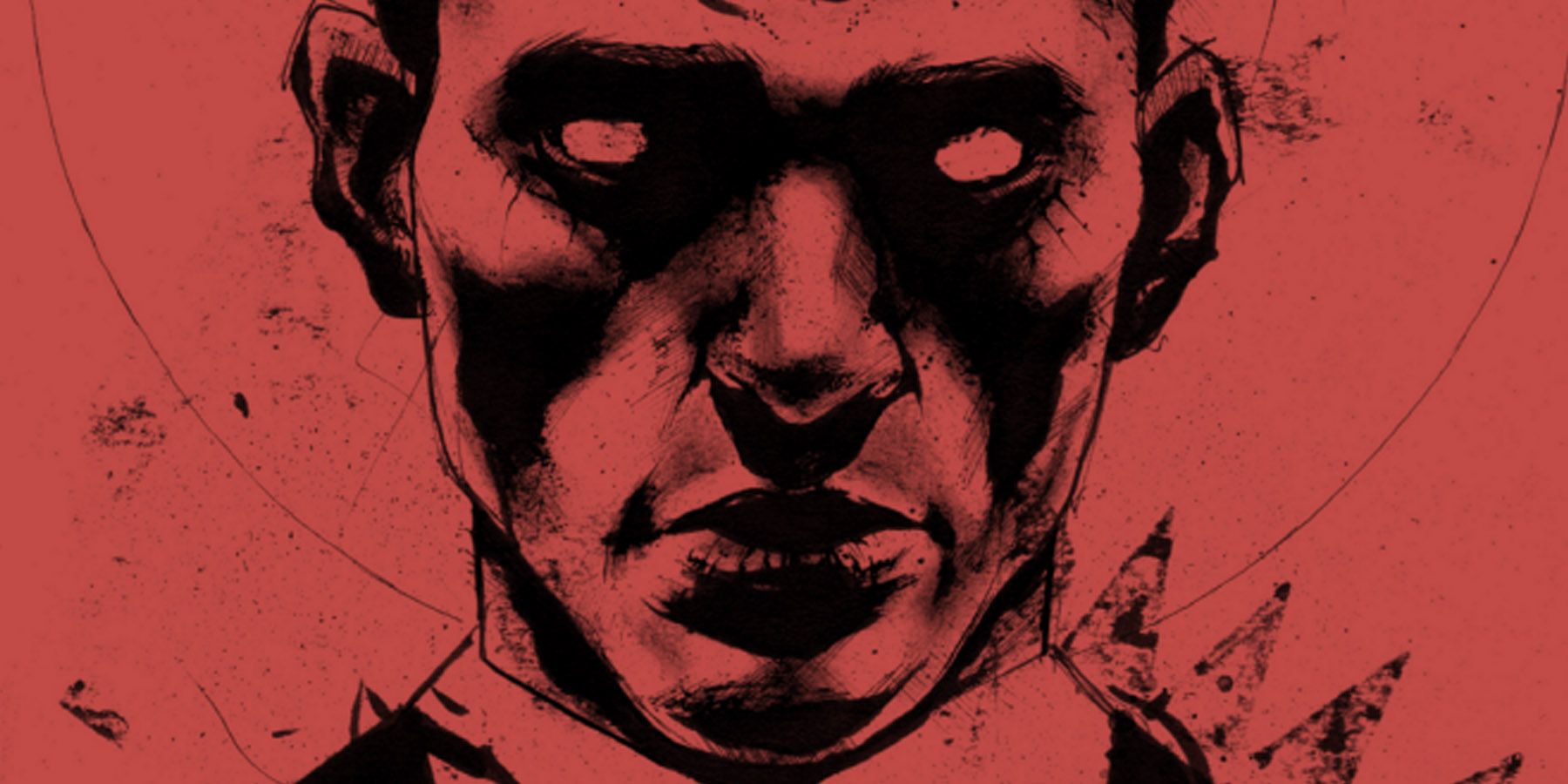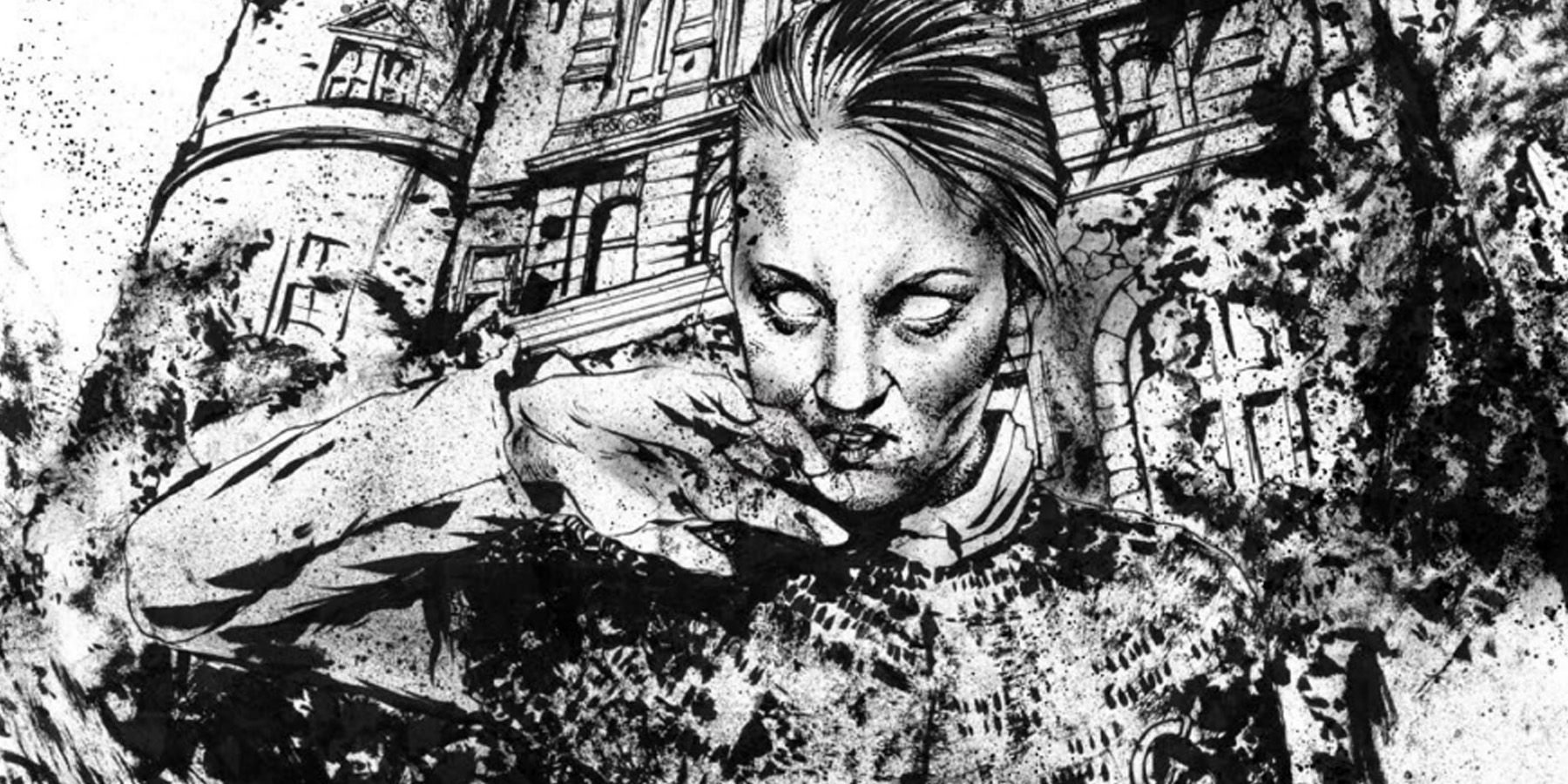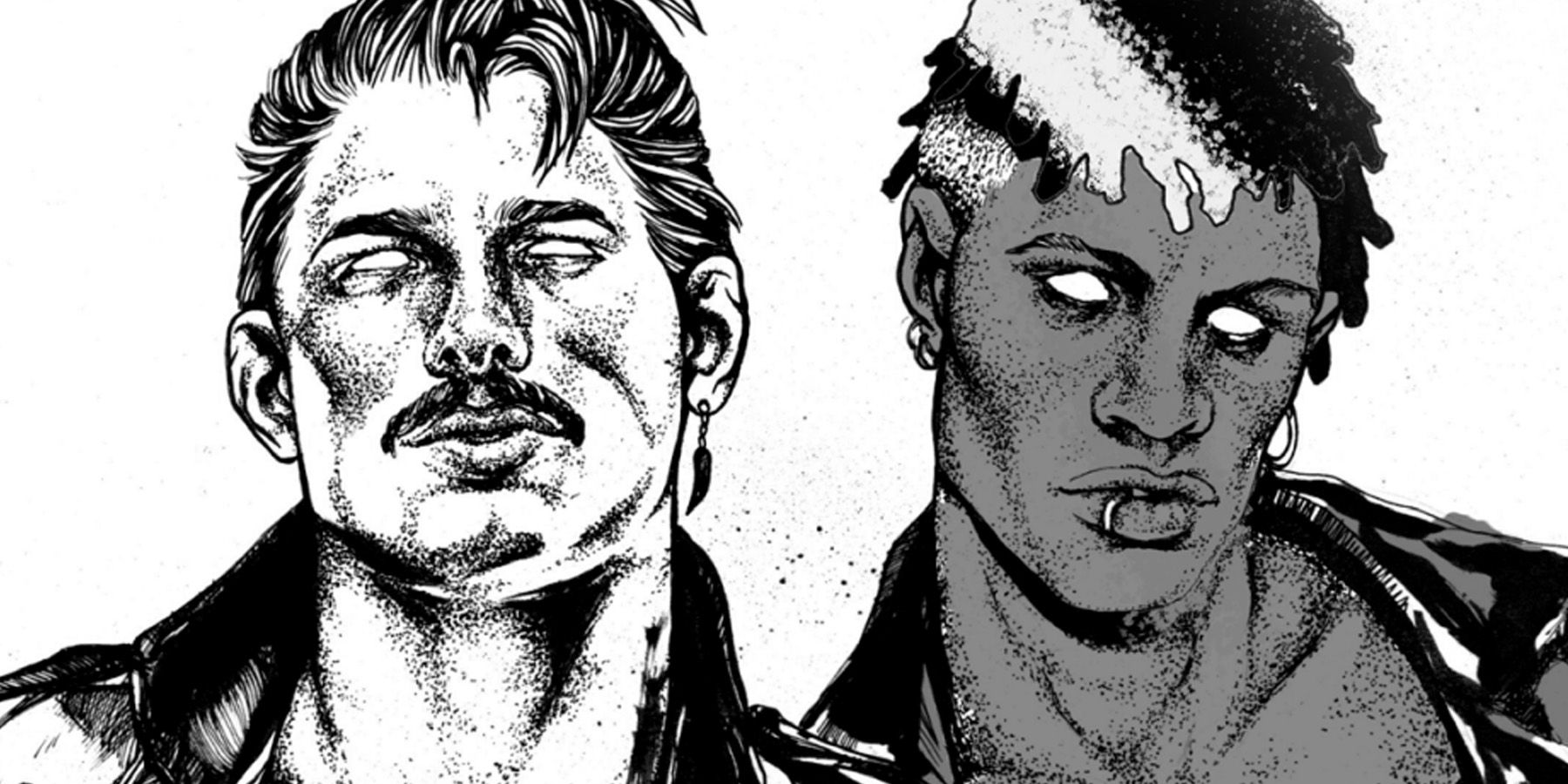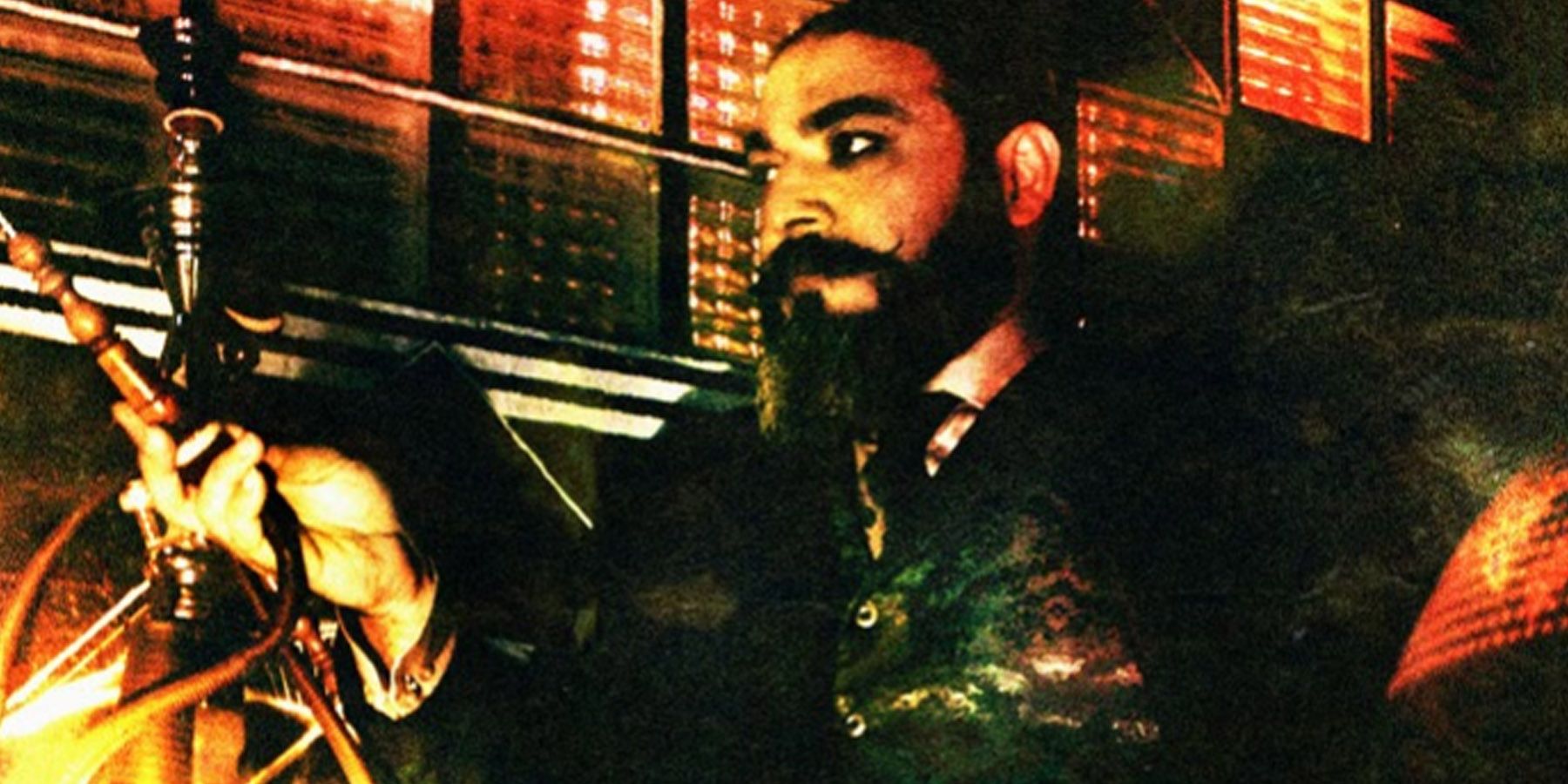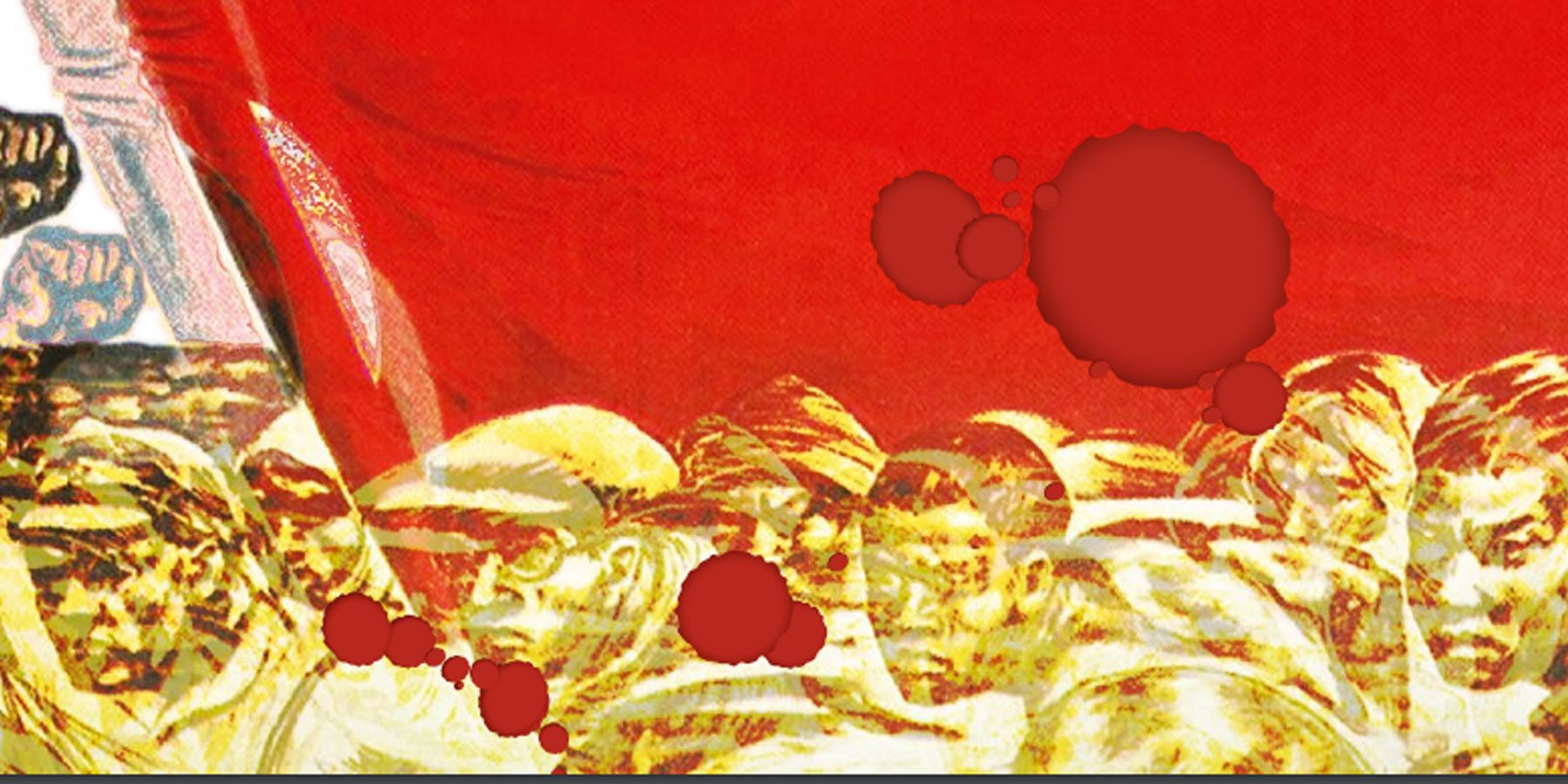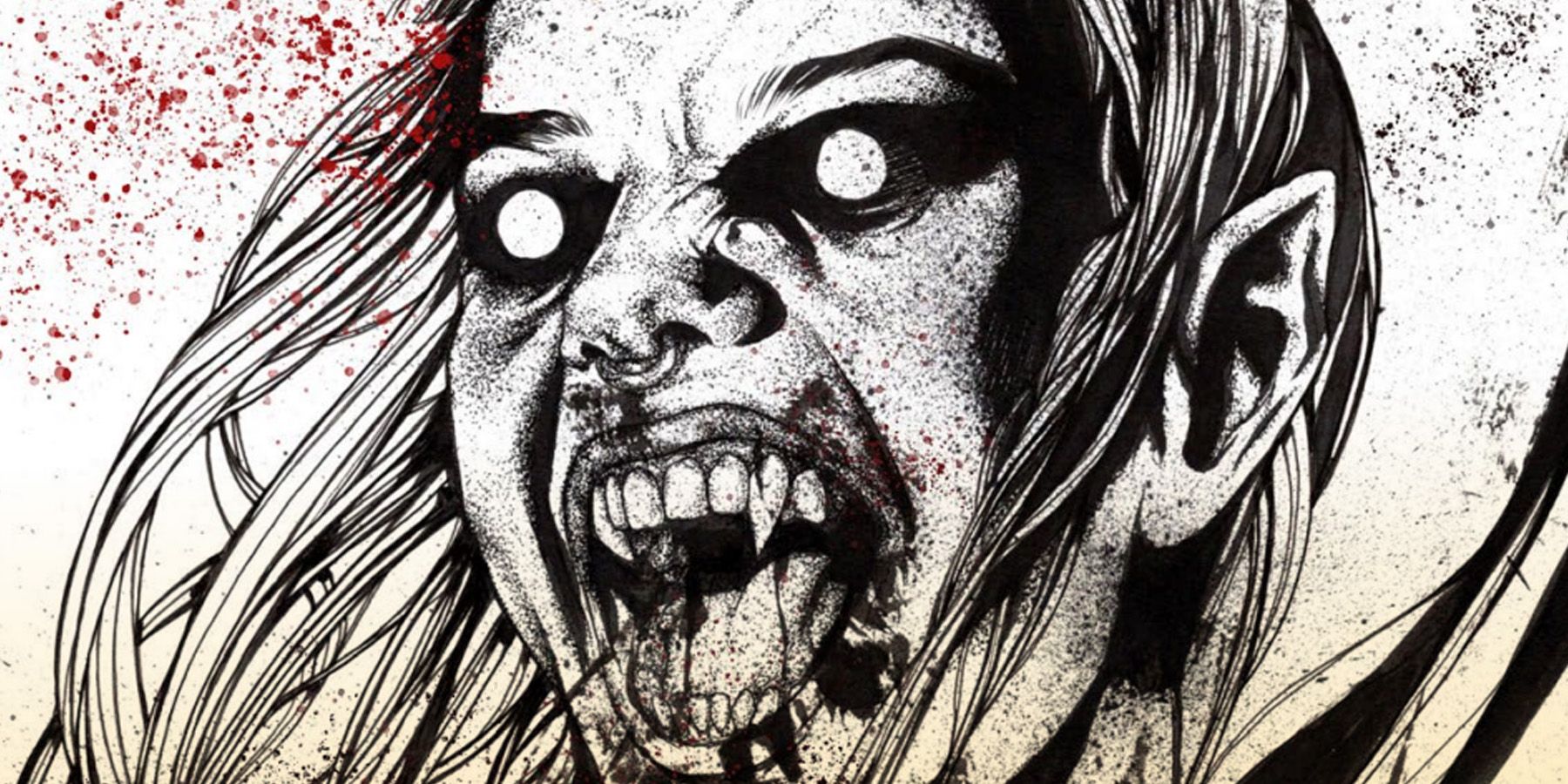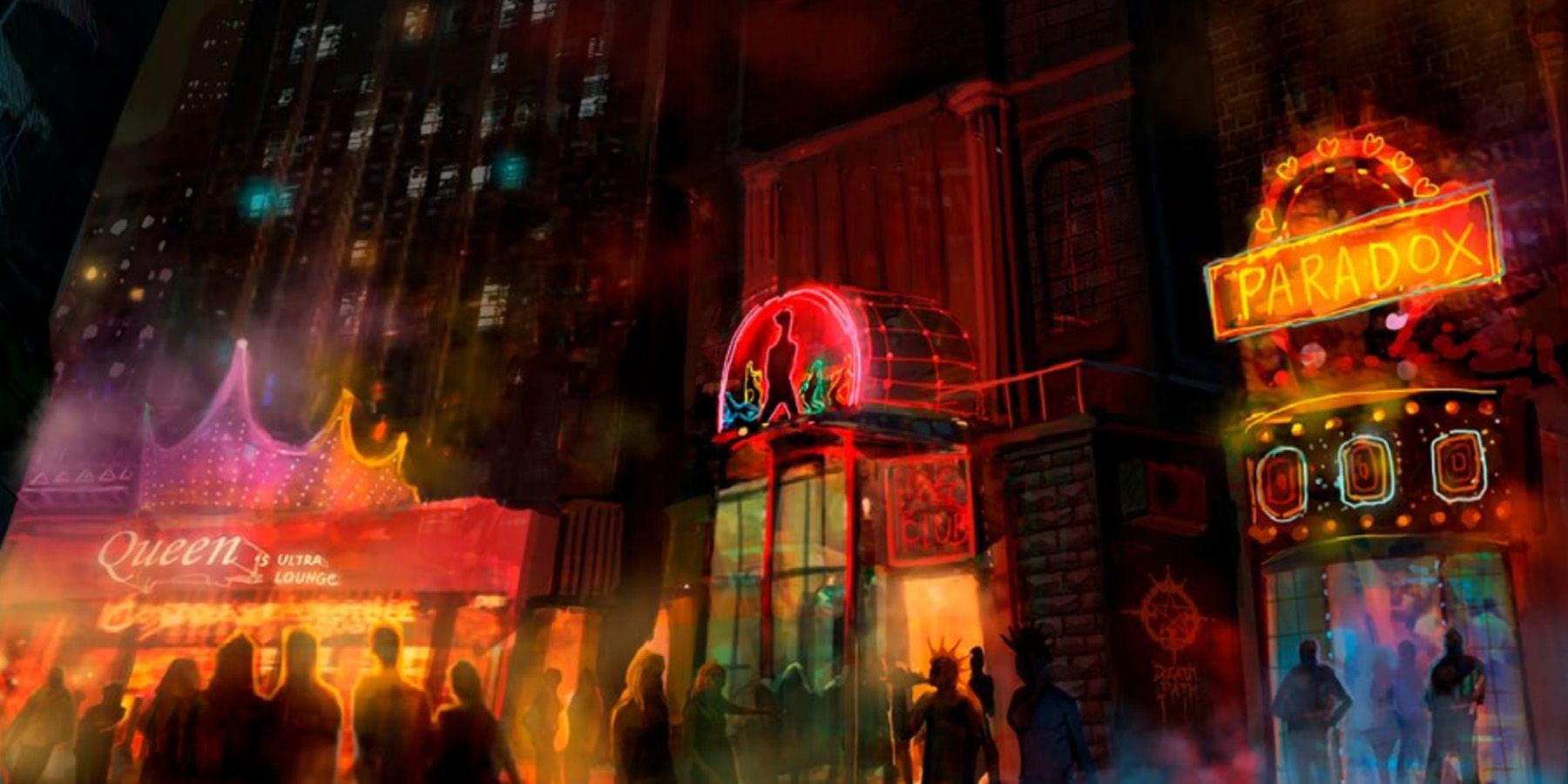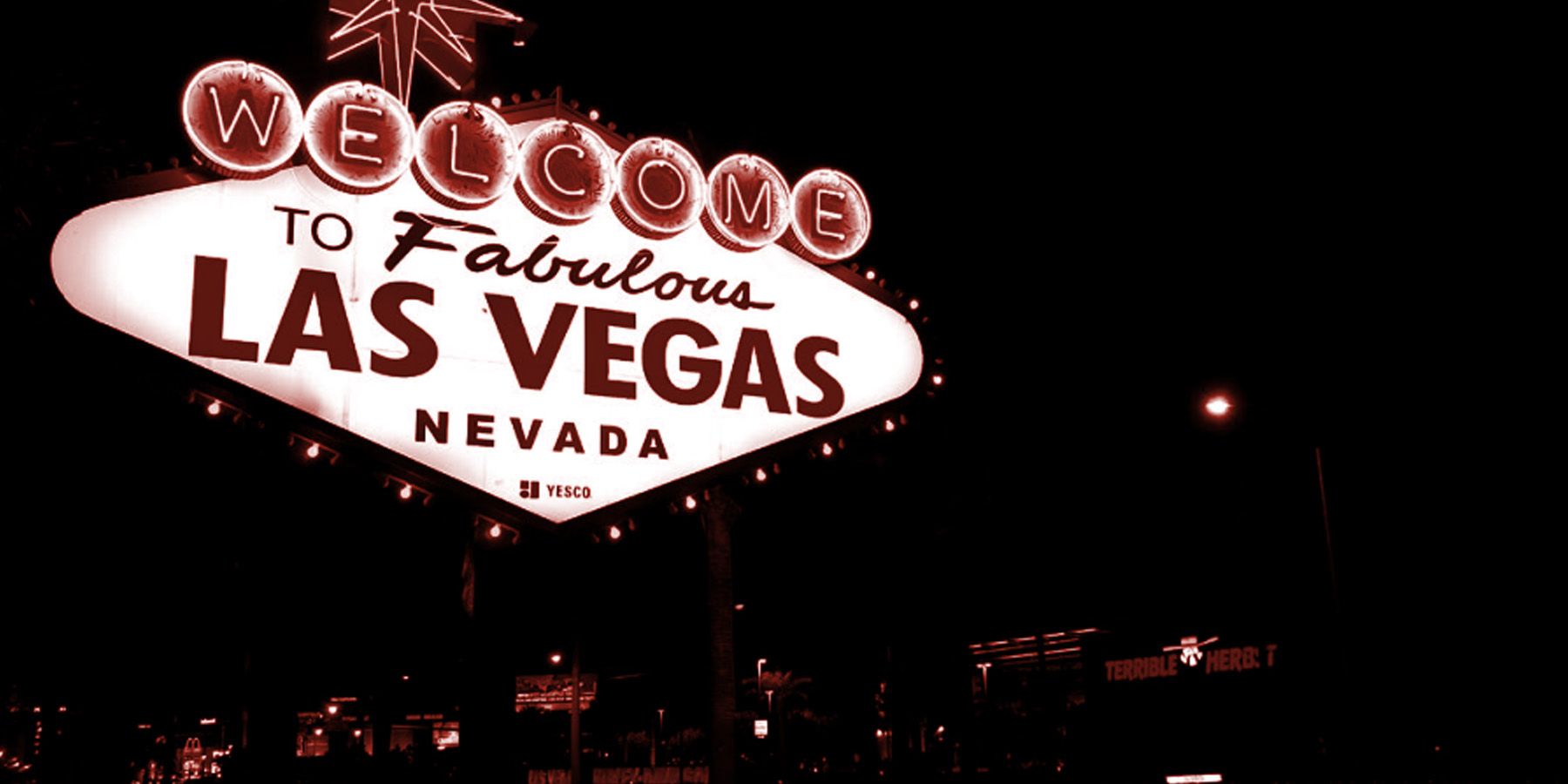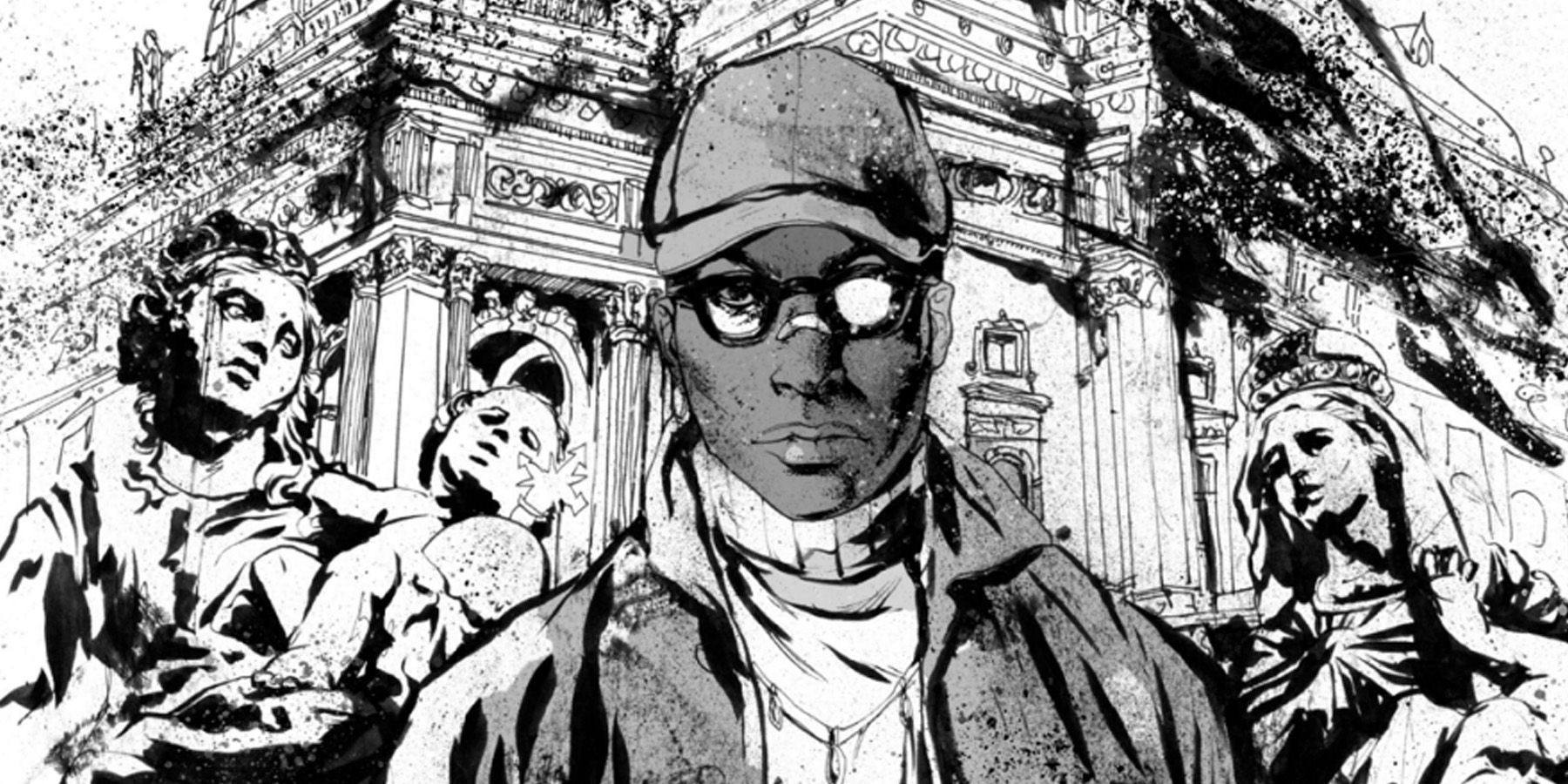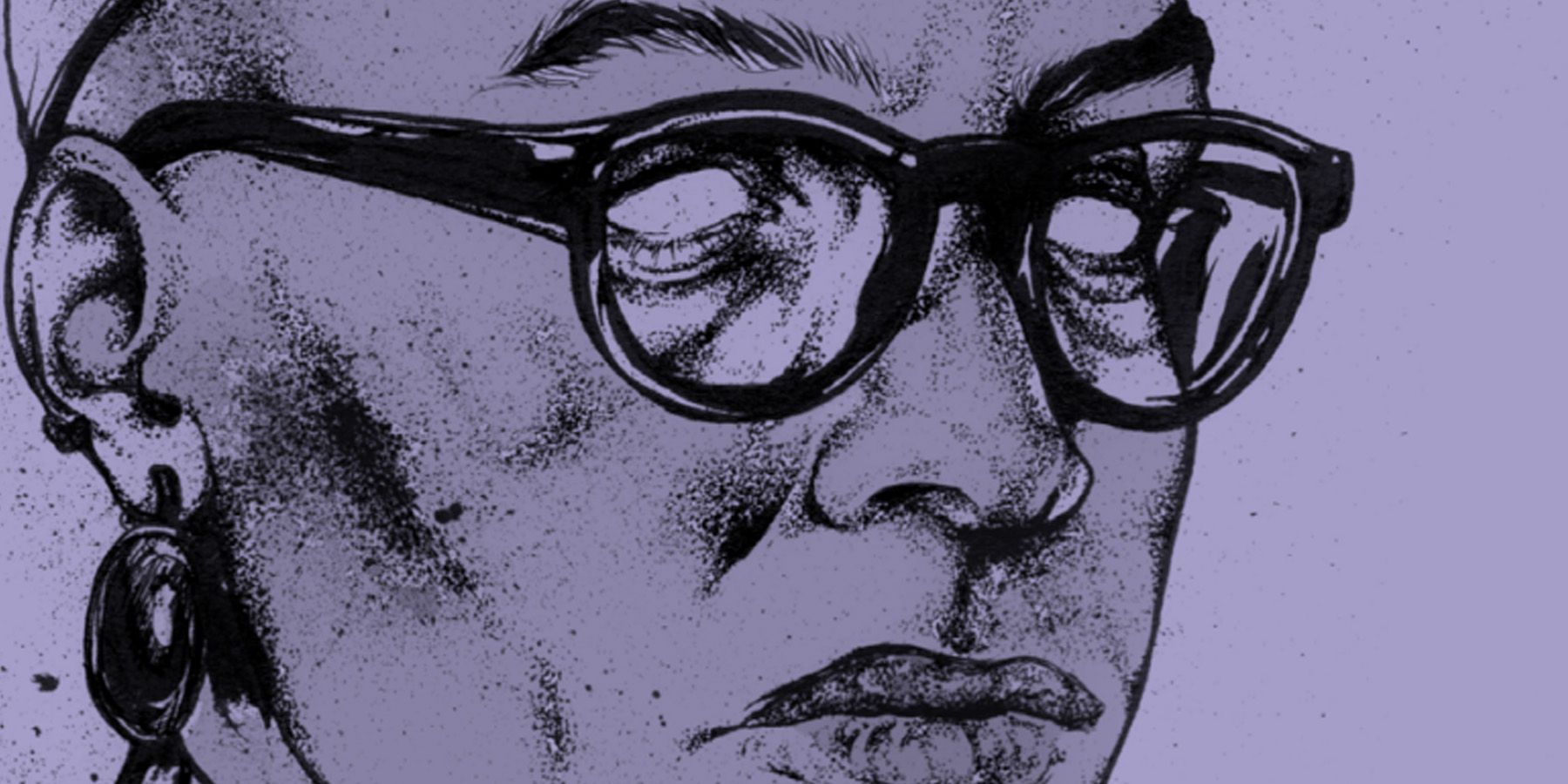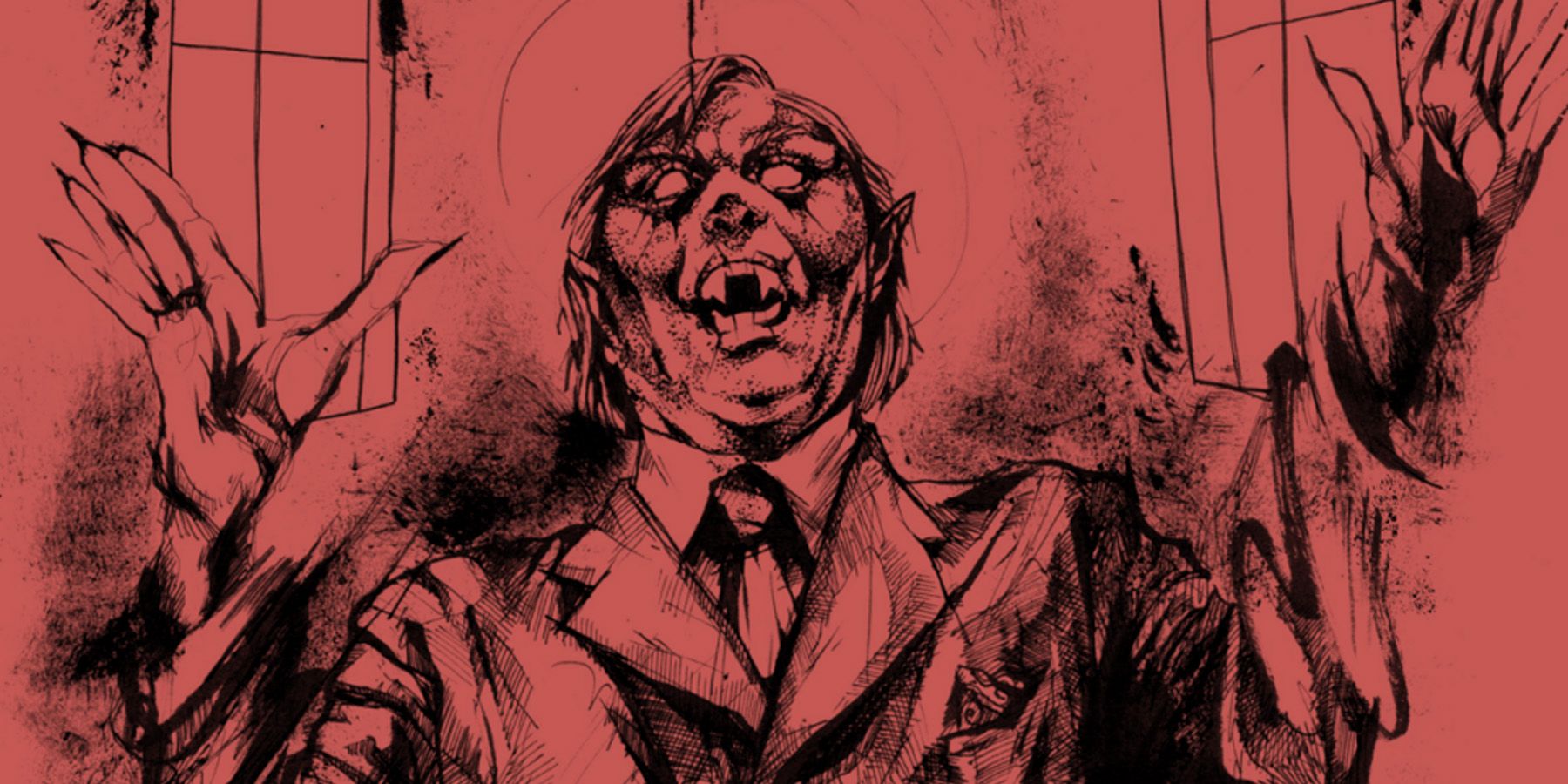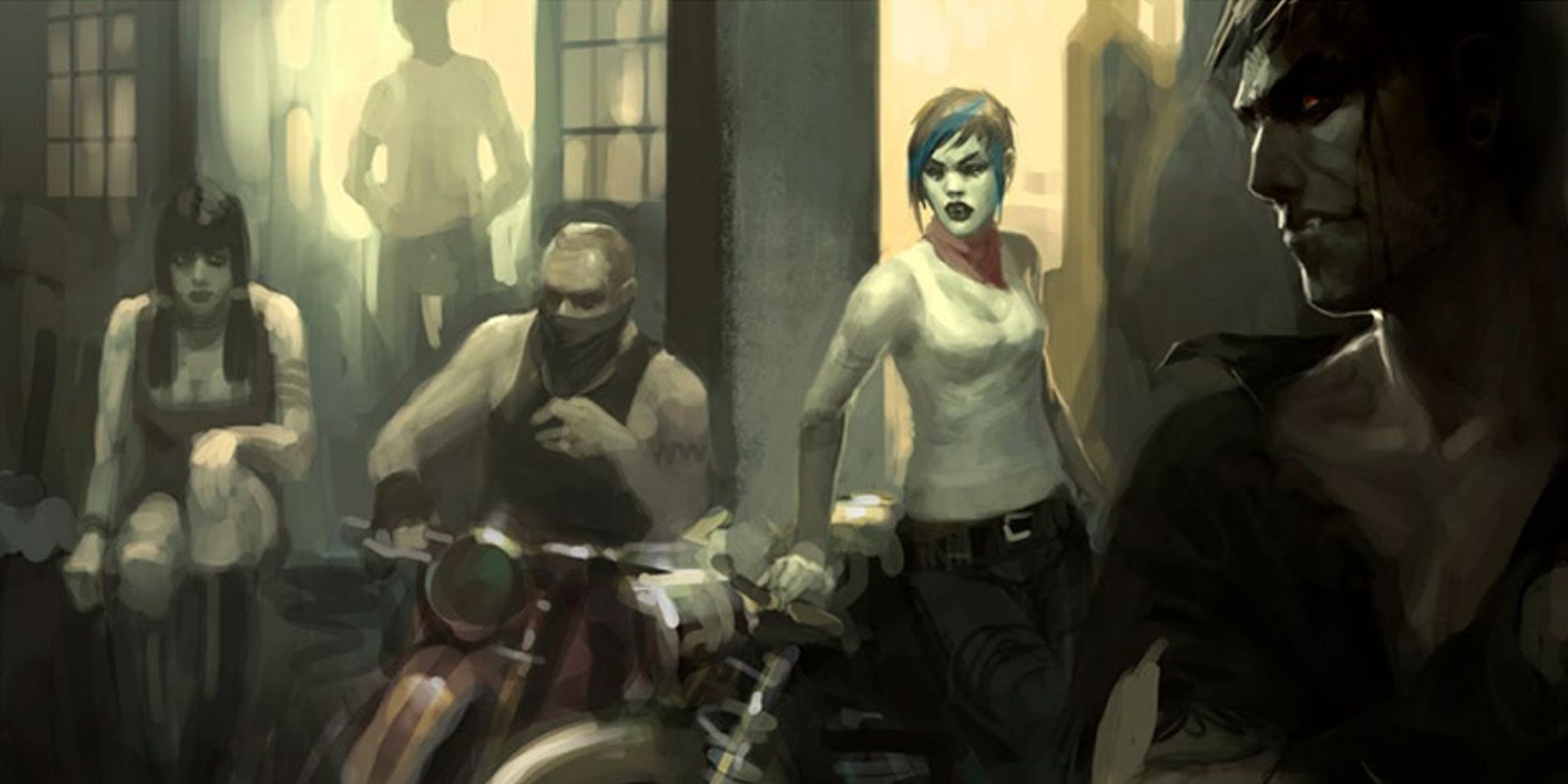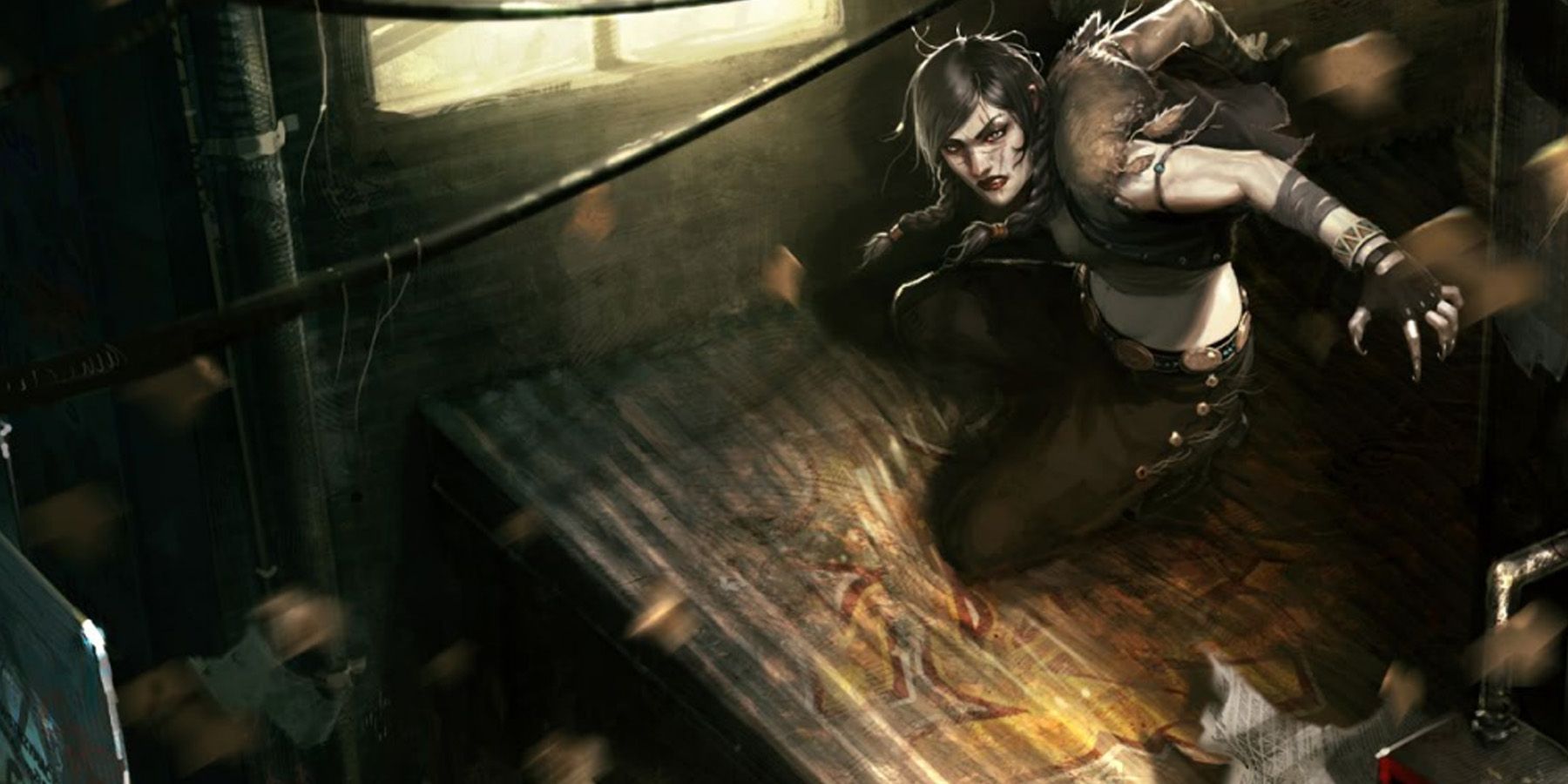Highlights
- The Anarchs in Vampire: The Masquerade are a faction that fights against the restrictive control of the Camarilla and the disruptive actions of the Sabbat to maintain Kindred freedom.
- The Anarchs have a long history, with signs of their existence dating back to ancient times, and they have been engaged in revolts and power struggles throughout history.
- While not a formal sect, the Anarchs have developed their own traditions and organizational structure, with positions such as Barons, Emissaries, and Sweepers within their territories.
Of the three main factions in the tabletop RPG Vampire: The Masquerade, it's perhaps the Anarchs that other Kindred could proclaim to be both a faction and not a faction at the same time. Carrying over the belief towards unrestricted Kindred independence, Anarchs would stop at nothing to ensure that neither the restricting Traditions of the Camarilla nor the disruptive measures of the Sabbat could weigh down Kindred freedom.
However, before fans of Vampire: The Masquerade create Anarch characters for both their TTRPG experience and in preparation for games like the Bloodhunt battle royale, it may help fans to get to know more about one of the largest groups in the organization. Here's what's important to know.
Updated on September 16, 2023 by Rhenn Taguiam: With Seattle plunged into the brink of a Kindred war in Vampire: The Masquerade – Bloodlines 2, players are treated to a new premise as devs The Chinese Room handles the Bloodlines sequel. This time around, players take on the role of a veteran Vampire Elder whose experience and power have the potential to turn the tide against the many forces eyeing the Emerald City. Should players abscond the Ivory Tower that is the Camarilla and reject the temptations of the Sabbat, perhaps staying as an independent Anarch may be the best way of retaining their freedom. However, players may want to get to know more about the Sect before joining it, including a general description of the Anarchs, its roots, as well as traces of Anarch activities across history.
15 A Primer On The Anarchs
Informally named after the first “Anarch Revolt,” the Anarchs represent the group of Kindred who fought back against Camarilla “oppression,” particularly at the time of the latter’s founding wherein all vampires who fell outside their control were considered enemies. Instead of hiding like other independent groups or indulging in their vampiric urges like the Sabbat, the Anarchs fight back against the Ivory Tower to maintain their freedom.
In the Modern Nights of Vampire: The Masquerade, younger Anarchs find it harder to cling to traditions as their older counterparts seem to unnecessarily throw them into harm’s way. However, with other Elders and older vampires disappearing due to the Beckoning, newer Anarchs are beginning to fight back against the Ivory Tower that desperately tries to keep them in line.
14 Early Signs Of The Anarchs
While the Anarchs only received their “designation” in the First Anarch Revolt against the Camarilla’s control, activities prevalent among Anarch Kindred today have already been present in ancient times. Signs of vampires coexisting freely with mortals have been found in ancient Carthage, where Brujah and Banu Haqim supposedly served as rulers and the majority vampire population.
Unfortunately, the demise of Carthage was tied to Malkavians and Ventrue backing a rising Rome, with Brujah Antediluvian Troile being buried under the earth. Regardless of conflicts on the accuracy of Carthage’s existence, the ancient city stands as a status symbol of what Anarchs believe should be the norm.
13 The Threat Of The First Inquisition
Although the majority of Kindred remotely aware of supernatural history would tie the creation of the Anarchs to the First Anarch Revolt, it’s also important to understand what event led to such an occurrence. What’s known as the Inquisition today was referred to as the “Burning Times” by the Tremere scholar Aisling Sturbridge, with the term describing the method used to kill vampires.
It’s unknown what exactly led to the creation of the First Inquisition from the perspective of anti-vampire affairs. However, it’s rumored that a campaign in the Catholic Church known as the Shadow Inquisition “unofficially” began the extermination of supernatural creatures due to their “ties with Satan.” This is also where the Second Inquisition got its name in modern times, as their existence has been made known to vampires after recent hits in power bases such as Prague.
12 The First Anarch Revolt
During the days of the First Inquisition (the one that led to witch-hunts and the hunt of “heretics” within Roman Catholics), the roots of the Anarch Movement began. This was especially during the times when elders began siring neonates simply to become cannon-fodder against hunters of the Inquisition.
A Brujah named Patricia expressed to the Ventrue Hardestadt the Elder that it was time vampires rose to fight the Kindred. When Hardestadt and his inner council elected to form the Camarilla as a secret society of vampires during the Council of Thorns, Patricia took the name Tyler, formed a Brujah resistance, and encouraged others to start an uprising against their elders for the sake of survival.
11 The Convention Of Thorns
After Tyler’s initial attack against Hardestadt, the Convention resumed, resulting in the Treaty of the Convention of Thorns. This text, agreed upon by all members of the Camarilla and other independent groups present, began the formality of the presence of the Camarilla and the Anarchs, as well as their obligation towards maintaining peace.
The text stated that the Anarchs would be an accepted part of the Camarilla, and work peacefully to achieve their own goals. They would benefit from the Camarilla’s privileges for as long as their defense of Kindred freedom extends to “all Kindred.”
10 Revolts In Paris
While it’s known that the “original” Anarchs joined forces in the First Anarch Revolt, their independent nature meant various Anarch factions believed in different doctrines. This disparity resulted in various vampire uprisings across the globe, with Paris becoming one of the most contested territories throughout decades.
Being a “crown jewel” of Camarilla’s Old World influence, Paris became the site of two infamous revolts. The first one occurred in the French Revolution, with Prince Francois Villon forced to flee the city and only to return decades later. Upon the return of Paris to Camarilla control, the May 68 period of civil unrest once again attempted to wrestle the city out of the Ivory Tower, although this failed to become a full-fledged revolt.
9 The Failed Soviet Experiment
Another similar attempt of the Anarchs to control a Camarilla city occurred in the USSR, which was considered a success by the Brujah Council which ruled it. Unfortunately, younger Kindred created the October Revolution as a means to wage war against their Anarch elders. This conflict centered around the treatment of mortals, with Elders reinforcing the idea of mortals as just food and tools compared to the younger Kindred’s desire to create a more equal society with humans.
Unfortunately, the Elders winning the conflict meant extreme rules applied across the Soviet Union, to the point of exterminating Kindred who showed sympathy to humans. While the Soviet Union – and Kindred control over it – collapsed due to mortal events, some Anarchs still want to exact revenge on members and sympathizers of the old Brujah Council.
8 The Second Anarch Revolt
While the First Anarch Revolt led to the rise of the Sabbat, it was the Second Anarch Revolt that fully recognized Anarch presence in the Kindred’s modern world. Although the idea of Anarchs had persisted since the rise of the Camarilla, they were true to their sense of freedom. Unfortunately, a lot of Anarchs had brought the fight to their elders in separate groups.
The Kindred who made their way from Europe to the United States laid roots to a more organized Anarch presence, particularly in Los Angeles. Through the leadership of MacNeil, the Second Anarch Revolt began in the liberation of Los Angeles, namely by killing Camarilla elders scattered throughout the city.
7 The Contested Anarch Free State
While Los Angeles was perhaps the first solid example of the Anarch Free State, the terminology is more of a concept than an actual location. The Anarch Free State describes the desired freedom of Kindred among the politics and control the elders have over the younger Kindred. This was first established after Jeremy MacNeil, who started supporting underdogs in their rise to power.
After Los Angeles’s liberation from the dangerously out-of-control Camarilla Prince Don Sebastian Dominguez, more Anarchs began rising against the Camarilla in their respective territories. This largely shaped the modern political map of the Kindred’s version of the world today, where Anarch Baronies have begun sprouting in cities across the world.
6 A Power Struggle At Large
Whereas Mexico remains the most prominent stronghold of the Sabbat, the Anarchs have San Francisco, San Diego, and Los Angeles as theirs. Of the three largest Anarch cities, Los Angeles holds perhaps the most importance among. During the establishment of the Free States, Jeremy MacNeill held the Barony of Los Angeles. However, events revealed that Eastern supernaturals known as the Kuei-jin managed to secure parts of San Francisco, forming their New Promise Mandarinate.
Interestingly, the Camarilla also managed to strike Los Angeles and defeat much of the Mandarinate’s presence there, establishing control over the region and parts of San Diego. As such, Los Angeles prior to V5 was under a constant power struggle between the Free States, the Mandarinate, and Camarilla.
5 The Conclave Of Prague, The Blame
The Convention of Thorns was the first time the largest representation among the Clans had gathered in Europe. But 2012 was the second time such an event happened: the Conclave of Prague. This was a result of the growing threat of the Second Inquisition, which made a direct move against modern Kindred in 2008 during the attack on the Vienna Chantry. This resulted in a majority of the Tremere’s most prominent membership being destroyed.
The Conclave of Prague attempted to remedy this. Unfortunately, two points remained crucial. The Anarchs blame the Camarilla’s meddling within international governments for their discovery, while the Camarilla blamed the Anarchs for their carelessness with modern technology.
4 Theo Bell, Out Of The Camarilla
The Conclave of Prague saw the Anarchs' largest “move” of the Anarchs since the Free States. Theo Bell, formerly an Archon of Hardestadt within Camarilla’s Inner Circle, revolted against the Ventrue and made a direct attack against the Sect. Bell fired the opening shot of this revolt, blasting the head of Hardestadt and killing him within moments.
After this incident, the Brujah defected from the Camarilla to the Anarchs. Soon after, even the Gangrel quit their membership within the sect. Anarchs today now uphold only one of the Camarilla’s Traditions, that of the Masquerade.
3 Organization By Body, Anarch At Heart
While Anarchs are not a Sect in a formal sense, their “borderline” membership within the Camarilla has encouraged them to develop their own traditions, especially when the Anarch Movement reemerged and moved away from the sect. In this regard, an Anarch-ruled city or a Barony performs all the basic functions of governance that even the Camarilla recognizes. Below are some traditional positions held by most Baronies:
- Barons are the equivalent of the Prince in a Camarilla domain. However, unlike a Prince ordinarily assigned to a single city, a city can usually have multiple Barons that hold a particular jurisdiction.
- Emissaries communicate with other sects. They’re knowledgeable in how other Sects work and can “play along” with diplomacy or the trading of favors, making appropriate moves for the betterment of the Barony.
- Sweepers go around the Barony and observe the vampires existing there. If possible, they record information such as names, faces, and personalities, as well as talents and clan ancestries.
- Chameleons (also called Bond (after James Bond) or subs), act as spies, or even an Anarch that also holds a position of relevance in another group of Sect.
- Other Informal Roles: Baronies are flexible enough to have their own coteries of Kindred assigned to do special tasks. They may be freelancers or “formally-designated” officers in a Barony, but they may be exclusive to that particular domain.
2 Often A Position For The Low
Since the inception of the Camarilla, older vampires often have a “blood divide” of sorts regarding the stature of Clans. In these traditional outlooks, there are “High Clans” and “Low Clans.” Traditionally-assigned Low Clans are looked down upon, like the Banu Haqim, Ministry, Gangrel, Malkavian, Nosferatu, Ravnos, and Tremere.
Though Baronies often have denizens among the Low Clans, their memberships among the Gangrel and Brujah grew larger after their formal walk-outs from the Camarilla. In modern days, Anarchs have more representation from these Clans:
- Brujah
- Gangrel
- The Ministry, who somehow turned a new leaf from their reputations of being tempsters and tricksters.
- Tzimisce, especially younger ones who want to make a statement against their elders among the Sabbat.
- Caitiff, or those abandoned by their sires, unaware of their origins, and are generally clanless.
- Duskborn, or the Thin-blooded, vampires of extremely high generations that are often too weak in blood to produce children.
1 Versions Affect Anarch Lore
Similar to how the jump from V20 to V5 has affected the way other Sects appear in the modern days, the Anarchs were also gravely affected by the edition upgrade. Some crucial aspects of Anarch history were changed from the edition jump, although they may be for the betterment of the game.
The most recognizable change is the absence of the New Promise Mandarinate, the only Court of the Kuei-Jin to exist outside their territories in Asia. In older versions of World of Darkness, the Kuei-Jin are branded as “Kindred of the East,” making them supernatural creatures like vampires, but with a more Eastern focus. However, due to the Kuei-Jin’s problematic portrayal in earlier works, their removal from V5 also meant events involving them never happened.
Vampire: The Masquerade – Bloodlines 2 is expected to launch in 2024.

